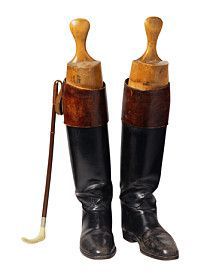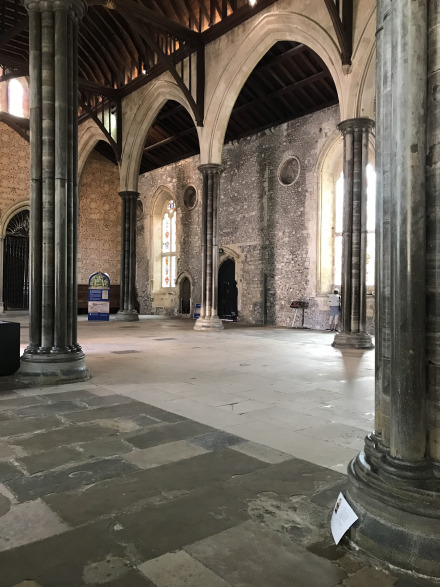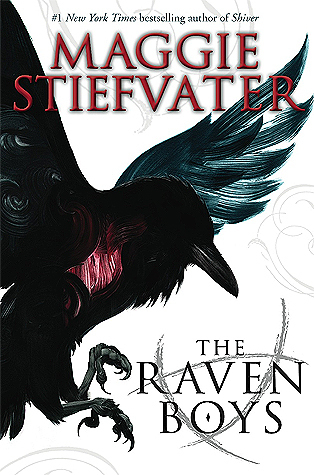
Welcome to my first ever blog party to celebrate St. Patrick’s Day. Break out the Bailey’s Irish Cream and soda bread or whatever you consume on this day, and let’s have a great time.
I’ll start by re-blogging a post I wrote several years ago that’s fitting for St. Patrick’s Day. After reading it, you’re encouraged to find a favorite post, either from your blog or someone else’s, and paste a link to it in the comments field along with a brief description of the blog.
The post you submit can be about anything, not just the Irish or St. Patrick’s Day. After you do this, you can look at other postings in the comments section and get to know other bloggers, and they can get to know you. Let the party begin.
***
Book and Movie Tell Tragic Adoption Story
In 1952, you’re a teen-aged girl in Ireland. After a romantic encounter with a man you meet at a fair, you become pregnant. In shame, your family sends you away to a convent.
It’s a breech birth. The nuns have little or no medical training. Other women and children have died during childbirth and are buried in unmarked graves nearby. The mother superior believes that the pain of childbirth is God’s punishment for carnal sin so no drugs are administered. In agony, as the nun removes the baby with forceps, you beg her not to “let them put him in the ground.” Miraculously, a healthy baby boy is born. Thus begins the story of Philomena, a book I’ve read and a movie I’ve seen.
Martin Sixsmith, author of The Lost Child of Philomena Lee, (2009) and Philomena, with Dame Judi Dench, (2013) is a British writer, Russian scholar, BBC presenter, and former advisor to the government in the United Kingdom. He has written about Russian history, the scandal surrounding the adoption of Irish children by American parents, and other current events. Besides two books about Philomena Lee, the Irish mother forced to give up her child for adoption, his other work includes Russia: A 1000-Year Chronicle of the Wild East, (2012) and Spin. (2005) In his writing, he has also focused on political communication in government.
The book, Philomena begins with a short introduction by Dame Judi Dench, the actress who portrayed her in the movie. Martin Sixsmith then starts by describing the birth of Philomena’s son Anthony and their lives afterward in the convent. Philomena and other girls who had babies out of wedlock were prisoners there for four years, working to pay off the cost of their care, so to speak. She did the laundry seven days a week and by night, she and the other girls sewed clothes for their children who stayed in the convent until they were adopted. The mothers were allowed daily contact with their children and naturally, they developed close bonds.
Sixsmith also touches on the sale of Irish children to American families. He describes how some Irish government officials tried to block such adoptions but were thwarted by the Catholic Church. In 1955, Philomena was forced to sign papers giving Anthony up for adoption, and he was taken to the U.S. to live with a family in Missouri. Mary, a little girl at the convent about the same age who developed a close friendship with Anthony, was also taken by the same family who didn’t want to separate the children.
Most of the remainder of Martin Sixsmith’s book is devoted primarily to Anthony’s story. The family who adopted him and Mary changed his name to Michael, and Sixsmith describes his life growing up in Missouri and Iowa. The friendship between Michael and Mary grew stronger in America, and in later years, Mary was the only one in the family who supported him. All through his life, Michael wondered about his natural mother. His adoptive parents, who knew the truth, thought it better to tell him that his mother abandoned him.
Sixsmith explains how Michael first realized he was gay as a teen-ager. A priest at Notre Dame University encouraged him to purge himself of his desires. Michael tried but found himself becoming more and more involved in homosexual activities.
In the 1970’s after graduating from Notre Dame and receiving a law degree from George Washington University, Michael worked for the National Republican Committee in D.C. and eventually became the chief counsel for the White House. Sixsmith pinpoints the irony of a gay man working for the Republican Party during the Reagan and Bush eras when homosexuality was considered taboo and Republicans blocked funding for AIDS research. This, combined with feelings of abandonment Michael harbored from his childhood, caused mood swings and bouts of drinking and engaging in sadomasochistic activities. Most of his relationships didn’t last long.
In the 1970’s Michael and Mary made a trip to Ireland in an attempt to find their mothers but were told by the nuns at the convent that they had no records. In the 1990’s, after Michael developed AIDS, he made a second trip to Ireland with his partner, Pete Nelson, and was told that records from the 1950’s were destroyed in a fire. They later learned at the bed and breakfast where they were staying that the nuns deliberately set the fire because of an investigation into the Catholic Church’s practice of selling Irish children to American families for adoption. Michael died a year or so later, never knowing about his mother. At his request, he was buried at the convent in Ireland where he was born.
At the end of the book, Martin Sixsmith devotes a couple of chapters to Philomena after Anthony was taken from her in 1955. I would like to have read more about her, but she may not have wanted her life revealed in such detail. After Anthony left the convent, the nuns sent Philomena to work at a school for boys in England, and she eventually became a nurse. She married twice and had several children and grandchildren. She made frequent trips to the convent in Ireland to inquire about her son but was rebuffed by the nuns every time. She kept the secret of Anthony’s birth from her family for fifty years.
After she finally broke down and told them, her daughter introduced her to Sixsmith, and the three of them visited the convent in Ireland. By this time, there were different nuns with more liberal views, and through other channels, they were able to learn of Anthony’s life in America and that he passed away and was buried at the convent.
I liked Martin Sixsmith’s style of writing this book. Besides giving us a journalistic rundown of all the events, he takes us into the lives of the main characters, telling us what they were feeling and thinking. The book was written like fiction, and I was compelled to keep reading to the end.
On the other hand, the movie doesn’t tell the whole story and uses some artistic license. After Sixsmith meets Philomena’s daughter at a party, he is introduced to her mother, and the two of them travel to Ireland to inquire about Anthony. The nuns tell them their records from the 1950’s were destroyed in a fire and show Philomena the contract she signed, giving Anthony up for adoption that stated she agreed not to try to contact him. Sixsmith later learns from locals in a pub that the nuns started the fire.
The search for Anthony takes Martin and Philomena to Washington, D.C. where they learn of his life and passing. After talking with Mary and Pete Nelson, they learn of Michael’s burial at the convent in Ireland. Upon their return, Martin confronts one of the nuns, and Philomena finds her son’s grave and says goodbye. I enjoyed the performances of Dame Judi Dench and the other actors, but the movie left a lot to be desired, compared to the book.
According to Sixsmith, Michael requested that “Danny Boy” be sung at his funeral in Washington, D.C. before he was taken to Ireland for burial. I can think of no better way to end this post. Please click this link to hear me sing this song. Happy St. Patrick’s Day.
***
Author Abbie Johnson TaylorWe Shall Overcome
How to Build a Better Mousetrap: Recollections and Reflections of a Family Caregiver
That’s Life: New and Selected Poems
My Ideal Partner: How I Met, Married, and Cared for the Man I Loved Despite Debilitating Odds
Click to hear an audio trailer.
Like me on Facebook.
Share this:

![Liam (New Orleans Magic Book 2) by [Ann Voss Peterson]](/ai/028/969/28969.jpg)



